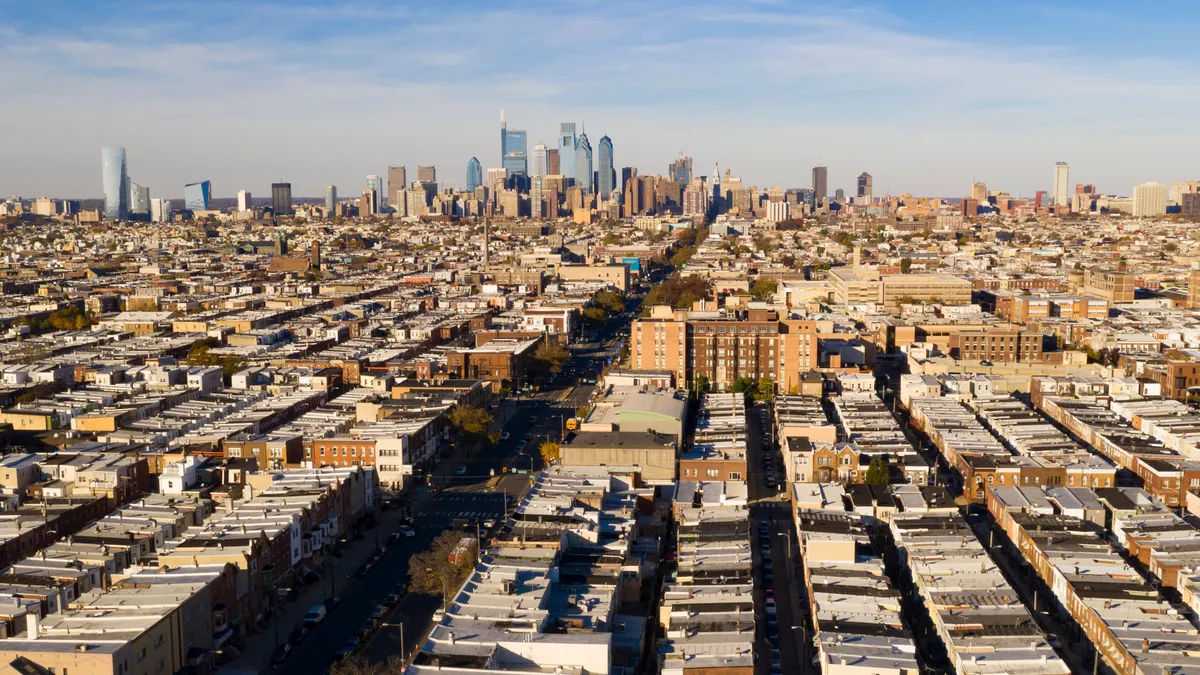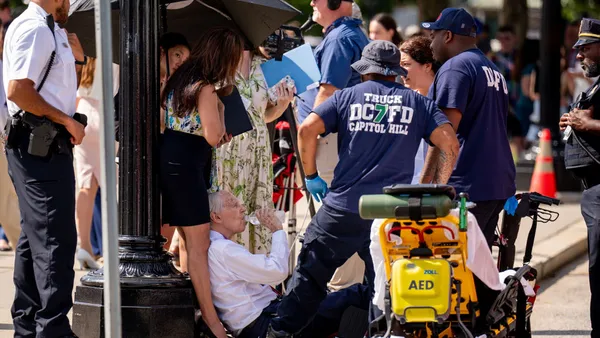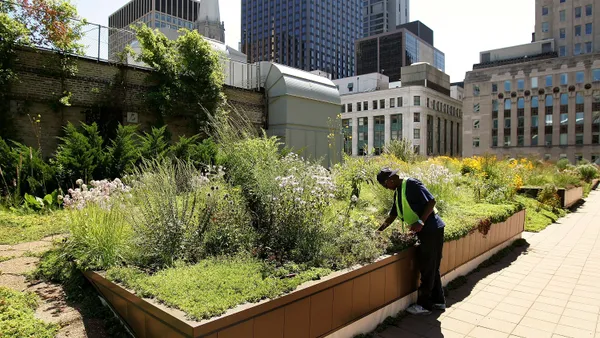Dive Brief:
- New research from Constant Contact finds that 52% of consumers say they would feel safe returning to physical stores in less than six months, and 44% said local restaurants, markets or grocery stores are the first small businesses they will head to.
- Consumers expect outdoor dining and curbside pickup/in-store pickup to become standard practices in 2021. Consumers also want to see more creative offerings from restaurants in 2021, like dinner and movie packages (40%), cooking classes (14%) or virtual wine tastings (12%). Just 8% of consumers felt the in-store capacity restrictions should continue into 2021.
- Demand for restaurants is high, with 83% of adults saying they are not eating on the premises at restaurants as often as they would like, according to the National Restaurant Association. This is up from 45% pre-pandemic and is the highest level in the two decades the association has asked this survey question. Baby boomers (90%) are the most likely to report they would like to be eating at restaurants more frequently.
Dive Insight:
This research indicates that pandemic fatigue is ubiquitous and the restaurant industry is well-positioned positioned for a rebound based on consumers' pent-up demand to visit brick-and-mortar locations. Those consumers' expectations have changed quite a bit, however, and casual and fine dining chains that have adopted or refined their outdoor dining and curbside/in-store pickup channels will have an advantage over those that have not.
Olive Garden has the fastest curbside wait times in the segment — even faster than its quick-service peers — which should bode well for the chain and other that adopt the channel should this behavior stick around. Some chains, including Panera, predict curbside to become an even bigger part of the business post-pandemic, as it offers a cheaper alternative than delivery for consumers.
BJ’s Restaurants expanded its outdoor dining space to about half of its restaurants by the end of Q3 2020, for example, while Denny's turned its parking lots and sidewalks into outdoor dining rooms. Red Robin and Texas Roadhouse have also added outdoor dining where possible.
While those off-premise and outdoor habits will likely stick around, consumers also want more creative experiences from their restaurants, according to Constant Contact survey results. Some restaurants are already stepping up to provide just that. Walnut Street Café in Philadelphia is offering virtual wine lessons, for example, while Balboa Catering and Supper Club offered a virtual magic show for those who ordered from the restaurant in the spring.
Chicago's RPM Restaurants have also offered virtual events like cooking classes and mixology classes. These virtual events are replacing the company's lucrative holiday parties, according to Business Insider. Boka Restaurant Group is also giving virtual classes, along with meal kits. Servers at Brixens, in Albuquerque, New Mexico, serve meals to customers in their cars, while also bringing them a tablet with a Netflix movie, for a "curbside drive-in" experience.
Such experiences can bring in a little extra revenue for concepts that are unable to serve a full dining room right now. They're also a strong differentiator and could generate new patrons who might be interested in, for example, a magic show. Further, virtual experiences could also garner additional marketing exposure through social media.
That's not to say such offerings will stick around in a post-pandemic environment. Just as pandemic fatigue is real, so too is virtual, or "Zoom" fatigue. The demand for brick-and-mortar experiences illustrated in the Constant Contact survey could outweigh the demand for virtual experiences.












